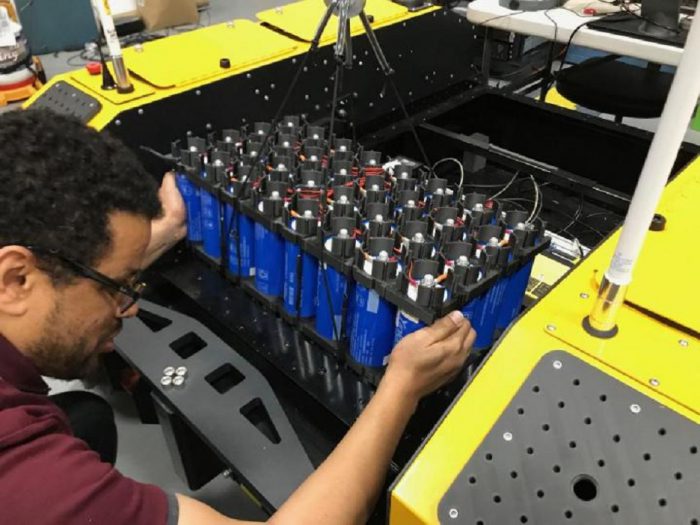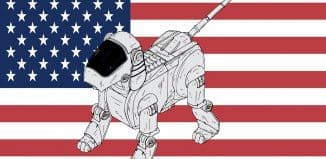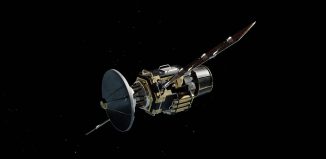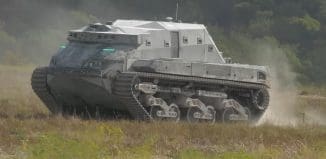First-Time Power Solution for UGVs
This post is also available in:  עברית (Hebrew)
עברית (Hebrew)
An energy-efficient generator intended to power private residences could power autonomous military vehicles for months, according to US Army researchers.
A team of scientists and engineers from the Army Combat Capabilities Development Command’s Army Research Laboratory focused on accelerating Army modernization.
The development is supported by the Department of Energy’s Advanced Research Projects Agency-Energy initiative to evaluate the Stirling cycle generator, which is known for its high-efficiency, virtually silent, long life and low emissions.
Researchers are looking for multi-fuel capabilities. In addition to fossil fuels, they are developing new technologies to efficiently transform biomass like wood into electricity on-the-go.
This is the first time a Stirling generator of this scale has been used for propulsion on an autonomous ground vehicle — a tough task for a generator originally designed to generate electricity and provide heat for homes, said Justin Shumaker, the lab’s lead researcher on the project.
“In order for a Stirling engine to operate, there needs to be a temperature difference between the hot and cold ends,” Shumaker said. “The cooling loop removes heat from the cold end to keep it cold.” The researchers designed and manufactured several new technologies to use this generator for propulsion. The first was a DC-DC power converter that efficiently transforms electrical power from the Stirling generator set to the vehicle’s electrical bus.
They also modified a Clearpath Robotics warthog, a large all-terrain unmanned ground vehicle capable of traveling on land and in water, leaving only the original chassis and wheels intact.
The team then designed a new battery using lithium-titanate cells and a battery management system, which is required to ensure the batteries are safe to use.
Shumaker said they also designed a cooling loop for the new equipment, according to eurekalert.org.
There are many mechanical, electrical and software elements required to integrate a Stirling generator set into a hybrid electric vehicle for propulsion. “One day, autonomous robots will outperform Soldiers at certain tasks and do so without the requirement of eating, sleeping or resting,” Shumaker said. “This has the greatest potential benefit to the Soldier, removing them from harm’s way.”






























